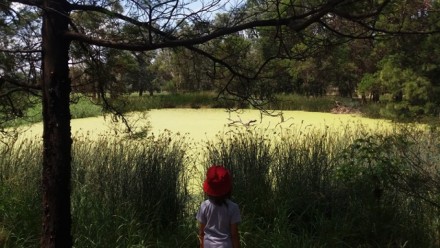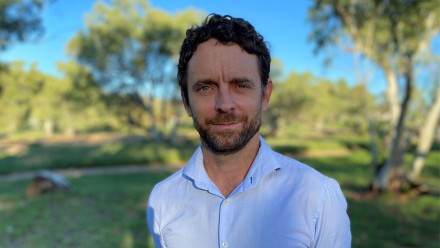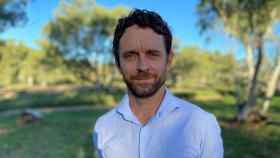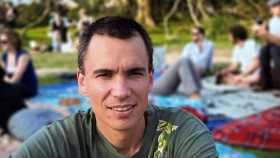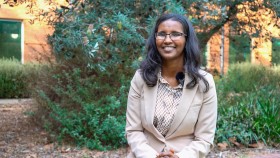COVID-Clever cartoon for kids
Share
While the jury is still out on the precise role children play in transmitting COVID-19, we can all agree that good hand hygiene and physical distancing is critical in the fight against coronavirus.
Professor Darren Gray and team at the ANU, QIMR Berghofer Medical Research Institute and the University of Queensland are developing an educational cartoon for primary school children to help them understand the importance of hand hygiene and physical distancing, and hope it will inspire greater confidence in schools re-opening around Australia.
“There has been a lot of health messaging regarding COVID-19, but to date very few have been aimed at children. Our project will address this gap with a health campaign specifically for kids,” says Gray.
Researchers will design a cartoon narrative based on their already successful “Magic Glasses” campaign.
“In the cartoon, a Doctor will give children ‘magic glasses’ that allows them to see the COVID-19 virus on surfaces, their hands, in their bodies, and in the air. They then learn good hygiene and distancing practices, then re-visit places they found the virus armed with this new knowledge, and see how they avoid getting sick,” says Gray.
We know this style of health education has tangible results.
“Our previous ‘Magic Glasses’ campaign showed a 50% reduction in intestinal worm infection in communities where it was rolled out. We expect a cartoon tailored to COVID-19 will help kids avoid getting sick and reduce the risk of them passing it on if they do.”
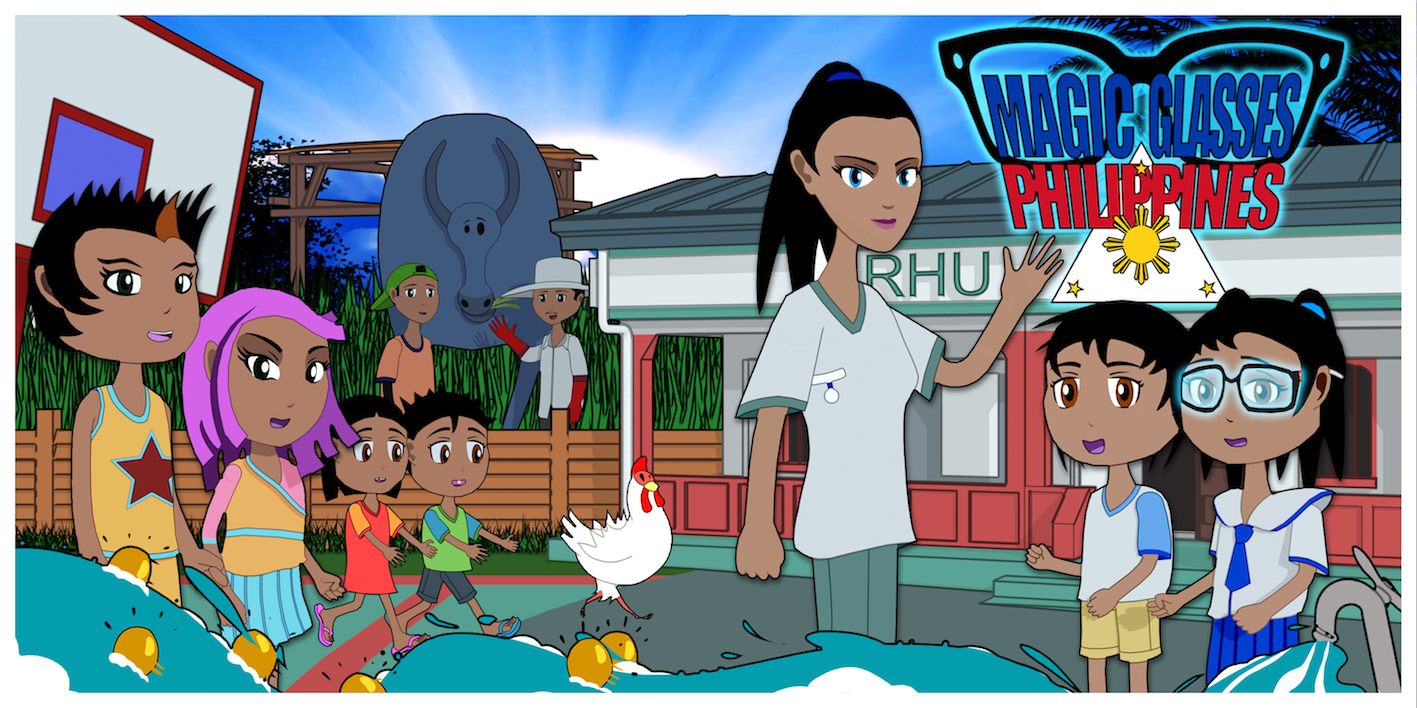
Over the coming weeks Gray and his team will undertake the formative research phase – interviewing children, teachers, parents, and health officials – to determine what they already know about COVID-19, and identify any knowledge gaps or needs.
“It’s critical we have the right messaging combined with a style of educational cartoon that resonates with children and teachers,” says Gray. “We will then develop a script, and hope to commence work with an animation company soon after but we still required additional funding.”
Following a generic version, the team aims to tailor the cartoon for different audiences, starting with one appropriate for Aboriginal and Torres Strait Islanders, as well as Asian cultures.
“The benefits of this program go well beyond just COVID-19, it is applicable to the flu and other respiratory diseases.”
This project is a collaboration between RSPH, QIMR Berghofer Medical Research Institute and the University of Queensland. The formative research phase is funded by the ANU College of Health and Medicine, and the Australian Infectious Disease Research Centre.






